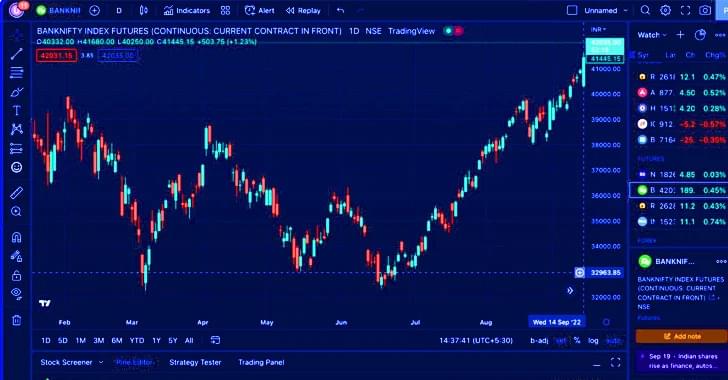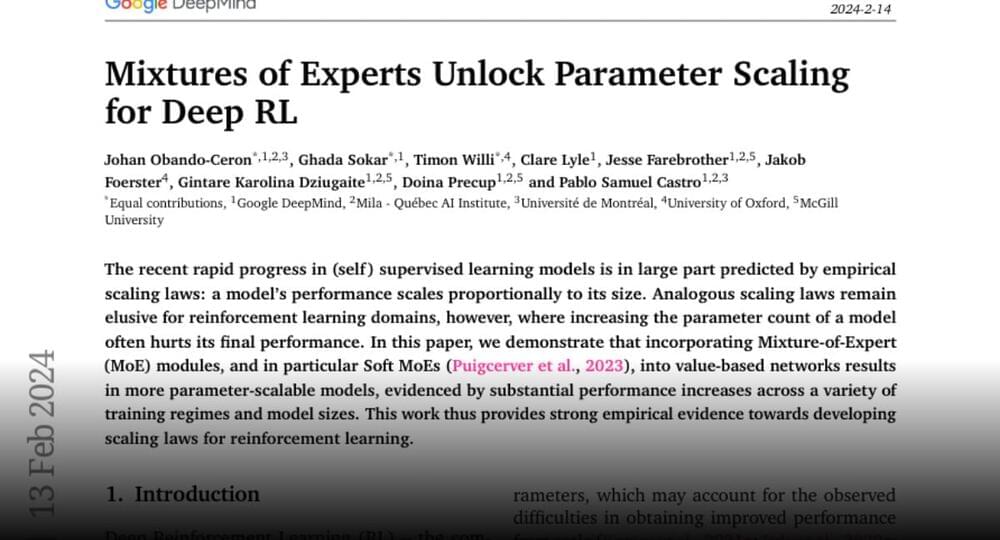Nvidia, ever keen to incentivize purchases of its latest GPUs, is releasing a tool that lets owners of GeForce RTX 30 Series and 40 Series cards run an AI-powered chatbot offline on a Windows PC.
Nvidia has released a new tool, Chat with RTX, that allows users to run a GenAI model offline — and fine-tune it on their data.








